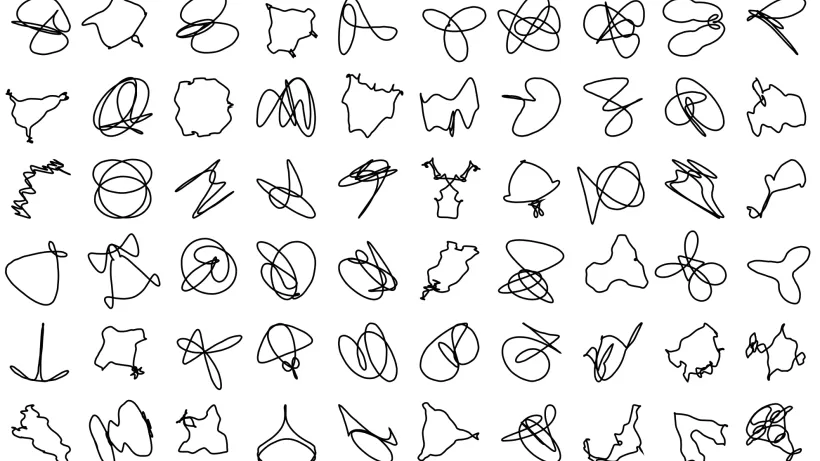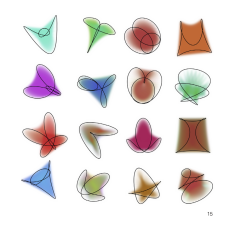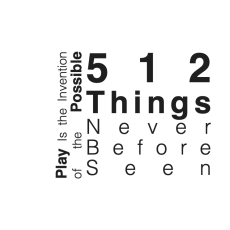Software creates systems of production that present us with the generation of nearly endless variation within programmatic limitations. There is a lesson in that: a space of freedom can be found inside the bounds of constraint. Finding the play that exists within constraint, the possibility within confinement, is the key to finding our way out of the forms of life that pretend to doom us to monotony and insinuate the impossibility of change.
Play is the invention of the possible out of the limits of constraint. Play is the preservation and confirmation of possibility in the face of limit. Play is how we manage to say something new in a language that seems all but used up. Play is the invention of a new rule from an old one. Play is finding the room to wiggle. Play is the space of freedom and the gesture of being free.
Play is the game of life. It is a way of experiencing the world. It is a relation to circumstance. You do it your way. You do it any way you can. The way you can is the way you invent for yourself. The way you play is never the same. When you play with others, they are both your constraint and your possibility, and world too is that.
One can play anywhere and anytime. One can play with anything or with nothing at all.
It is always playtime now.
Each book has a unique set of images produced at random from an extremely large, but technically not infinite, set of possibilities. For that reason, it could be said that no one before you has seen exactly these things. Certainly, no one has seen them the way you will see them.
The formulas for the parametric curves used in the program were inspired by BugsX, a demonstration of genetic programming techniques by Joshua R. Smith & Robert Gasch who hold the copyrights and distribute the code under a GNU General Public License.

![512-Things-[7_8].png](/sites/default/files/styles/portfolio_thumb_1_1_230x230/public/portfolio/image/512-Things-%5B7_8%5D.png?itok=KtY-ofvS)
![512-Things-[7_11].png](/sites/default/files/styles/portfolio_thumb_1_1_230x230/public/portfolio/image/512-Things-%5B7_11%5D.png?itok=EtyVnGm-)

![512-Things-[7_26].png](/sites/default/files/styles/portfolio_thumb_1_1_230x230/public/portfolio/image/512-Things-%5B7_26%5D.png?itok=tPYyLwr7)
![512-Things-[7_31].png](/sites/default/files/styles/portfolio_thumb_1_1_230x230/public/portfolio/image/512-Things-%5B7_31%5D.png?itok=ItchkO8g)
![512-Things-[7_33].png](/sites/default/files/styles/portfolio_thumb_1_1_230x230/public/portfolio/image/512-Things-%5B7_33%5D.png?itok=d00ckEeW)
![512-Things-[7_36].png](/sites/default/files/styles/portfolio_thumb_1_1_230x230/public/portfolio/image/512-Things-%5B7_36%5D.png?itok=UpF_0Nx-)
![512-Things-[7_38].png](/sites/default/files/styles/portfolio_thumb_1_1_230x230/public/portfolio/image/512-Things-%5B7_38%5D.png?itok=VZ7nPpGe)
